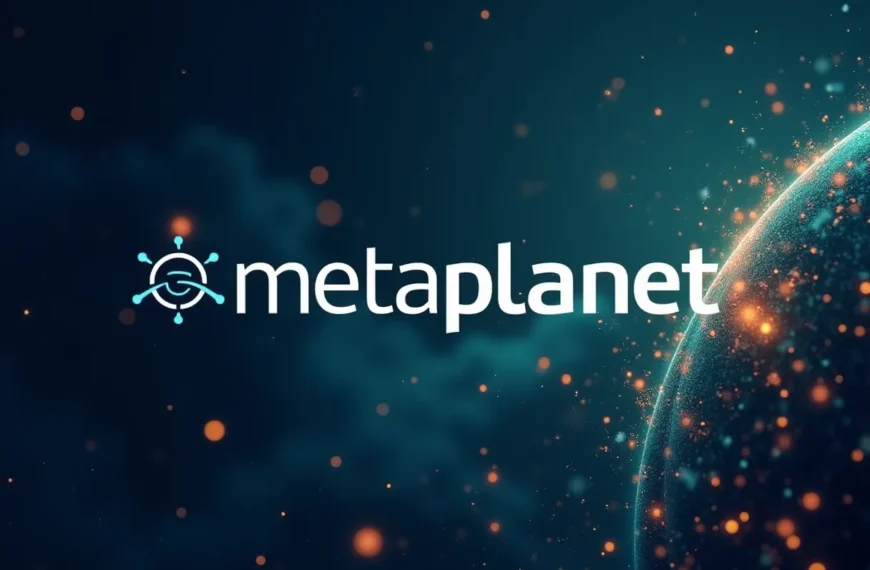Understanding AI and Its Role in Modern Propaganda
In today’s digital age, the intersection of artificial intelligence (AI) and propaganda has taken center stage, reshaping how information is disseminated and consumed. AI technologies are not merely tools; they have become formidable forces that can amplify messages, manipulate perceptions, and sway public opinion. This transformation has led to a new era where propaganda is more sophisticated, targeted, and effective than ever before.
The Evolution of Propaganda
Propaganda has existed for centuries, evolving from simple pamphlets to complex media campaigns. However, with the advent of AI, the landscape has dramatically changed. AI algorithms can analyze vast amounts of data, identify patterns, and predict behavior, enabling the creation of highly personalized propaganda that resonates with individuals on a deeper level.
Key developments in AI have contributed to this shift:
AI-Driven Propaganda Techniques
The utilization of AI in propaganda has led to the emergence of several potent techniques that enhance its reach and impact.
1. Deepfake Technology
Deepfakes are AI-generated synthetic media that can manipulate video and audio to create realistic but fabricated content. This technology poses significant risks as it can create misleading narratives and erode trust in authentic information. For instance, a deepfake of a political leader making controversial statements can influence public perception and alter the course of elections.
2. Targeted Advertising
AI enables advertisers to deliver propaganda directly to specific demographics based on their online behavior, preferences, and interests. This hyper-targeting ensures that messages are not only seen but also resonate with the intended audience, increasing the likelihood of influencing their opinions.
3. Social Media Amplification
AI algorithms curate content on social media platforms, determining what users see based on their interactions. Propagandists can exploit these algorithms to amplify their messages, ensuring that their content reaches a wider audience. This can lead to the viral spread of false information, creating echo chambers that reinforce divisive views.
The Ethical Implications of AI in Propaganda
The rise of AI-driven propaganda raises significant ethical concerns. The ability to manipulate information and shape narratives can have profound implications for democracy, public trust, and social cohesion.
Some of the critical ethical considerations include:
Combatting AI-Driven Propaganda
As AI continues to shape the landscape of propaganda, it is imperative to develop strategies to counter its effects. Here are some measures that can be taken:
1. Media Literacy Education
Enhancing media literacy among the public is crucial. By educating individuals on how to critically evaluate information and recognize propaganda, society can build resilience against manipulative messaging.
2. Regulatory Frameworks
Governments and regulatory bodies must establish frameworks to oversee the use of AI in media and advertising. This includes ensuring transparency in data usage and holding entities accountable for the dissemination of false information.
3. Technology Solutions
Developing AI tools that can detect deepfakes and identify disinformation can empower users to discern credible information from propaganda. Investing in technologies that promote authenticity will be vital in safeguarding the information ecosystem.
The Future of AI and Propaganda
As technology continues to advance, the relationship between AI and propaganda will likely evolve further. The potential for AI to be used for both harmful and beneficial purposes underscores the importance of vigilance and proactive measures.
In summary, AI has transformed propaganda into a powerful tool capable of influencing opinions and shaping societal narratives. While this technology presents significant challenges, it also offers opportunities for enhancing communication and understanding. By prioritizing ethical considerations and developing robust countermeasures, society can navigate the complexities of AI-driven propaganda and ensure a more informed and engaged public.
Conclusion
The integration of AI into the realm of propaganda is a double-edged sword. On one hand, it can serve as a means to spread disinformation and manipulate public perception. On the other hand, with the right tools and strategies, AI can also be harnessed to promote truth and accountability. It is essential for individuals, organizations, and governments to understand the implications of AI in propaganda, fostering an environment where informed discourse can thrive in the face of technological advancement.






